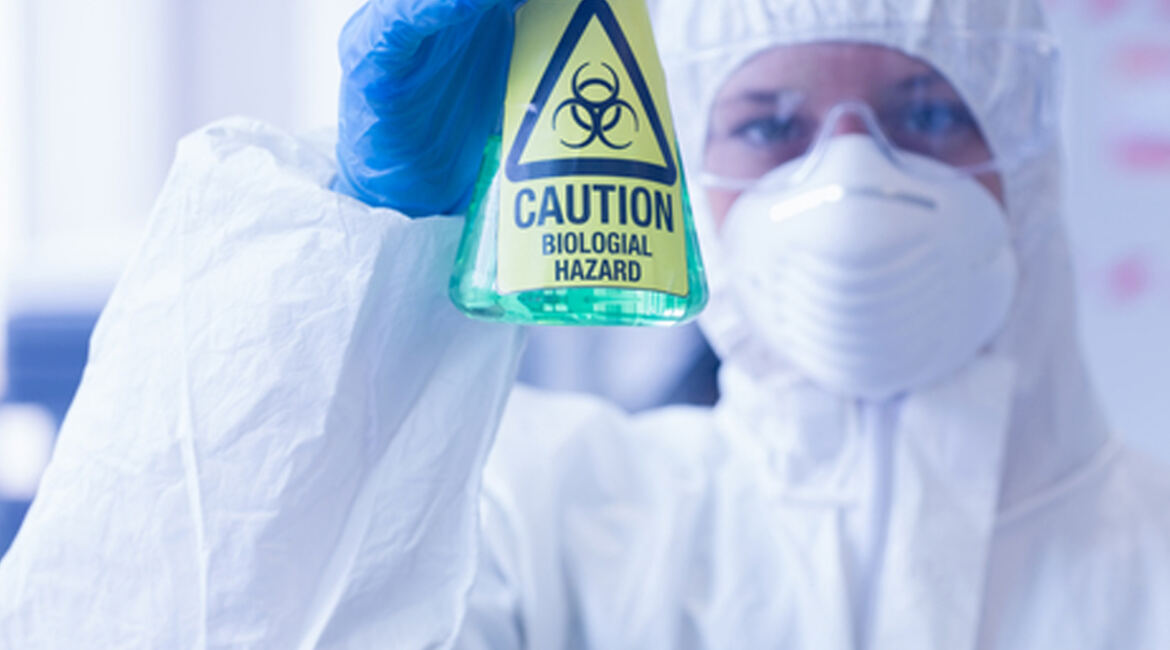Potent and Highly Potent Drug Compounds have distinct properties that mean they need to be handled in a much more controlled manner. These compounds will not be commonly handled on the open bench and require definite controlled handling procedures in order to minimise scientist exposure.
Category 3: Potent Compounds
A Category 3 Potent drug will have a pharmacological effect below 1mg/kg/day. The effect of over-exposure can be delayed; the scientist could experience symptoms outside of the laboratory in his or her home environment, meaning that medical intervention, treatment and diagnosis may prove more difficult.
This category of drug can be a strong sensitizer, and these types of compounds can have irreversible long term severe acute and/or chronic effects.
Category 3 drugs can also be carcinogenic, can have effects on the reproductive system and can be classified as germ-cell mutagens. As such, in some cases the effects of over-exposure will be irreversible.
A typical OEL level will be 0.03-10ug/m3. Many of the novel compounds handled within pharmaceutical research and development laboratories frequently lack sufficient toxicological data to sufficiently evaluate the occupational hazard posed to workers handling these substances. These compounds are however being developed for their targeted pharmacological potency and biological activity. In order to prevent the possible adverse health effects of these types of pharmacologically active compounds, special care needs to be taken to avoid over exposure. Generally, in situations where sufficient information is not available to perform an assessment of a novel compound (new chemical entity: NCE), it is strongly advisable to assume that it exhibits the characteristics of a potent compound, until proven otherwise. Therefore, it is recommended that Category 3 (Potent) be designated as a ‘default’ category, to which novel compounds are routinely assigned. This assumption is health-protective; as such, it incorporates a preventive approach to laboratory worker safety, addressing potentially problematic situations before they actually occur.
Category 4: Highly Potent Compounds
Category 4 compounds are the most toxic and/or potent and present the greatest containment challenges, as warning symptoms such as dizziness or nausea are not common, the severity of effects are strong and may be irreversible, and medical intervention following exposure may be required immediately. A category 4 drug requires more specialized handling procedures, as exposure to levels over 0.03ug/m3 will be considered dangerous.
A compound placed within either of the latter two categories of Potent or Highly Potent is typically associated with a comparatively low therapeutic dose
(e.g., provides a therapeutic effect at or below 1 mg/kg), and/or is believed to present the potential for ‘-genic’ effects
in individuals exposed to the compound (e.g. these compounds have typically been observed to induce carcinogenic, mutagenic, reproductive and/or developmental toxic effects in animal studies and/or human clinical trials).
For further information on drug categorisation criteria, see the chemical criteria for each of the drug categories here. The table displayed on the post is useful in determining the types of safety and engineering controls that need to be put in place to minimise scientist exposure.





